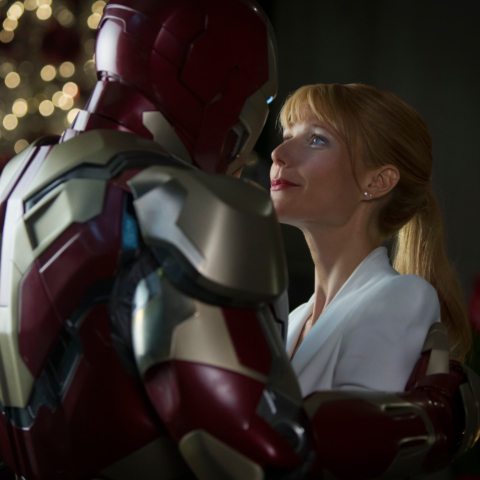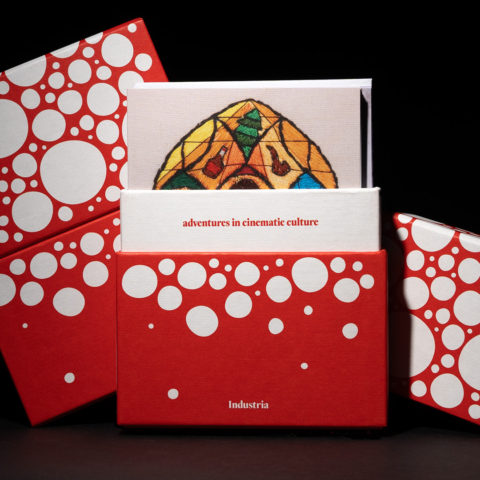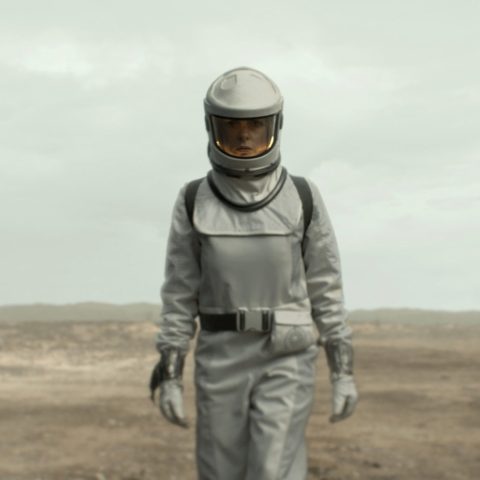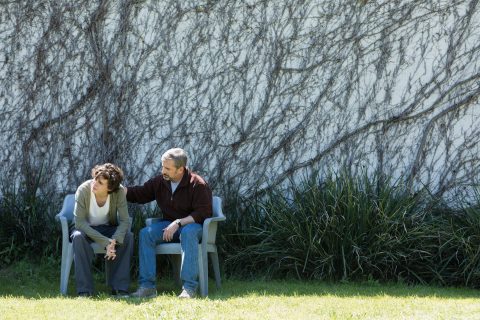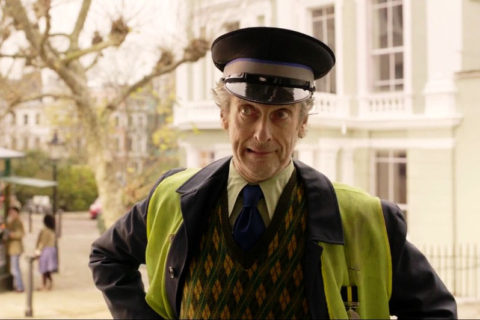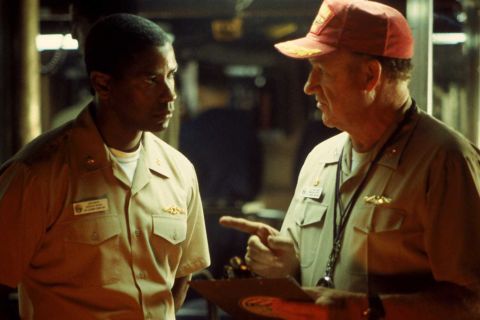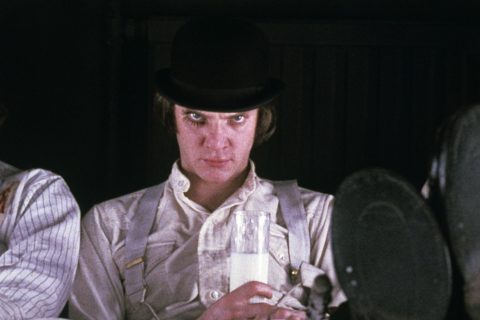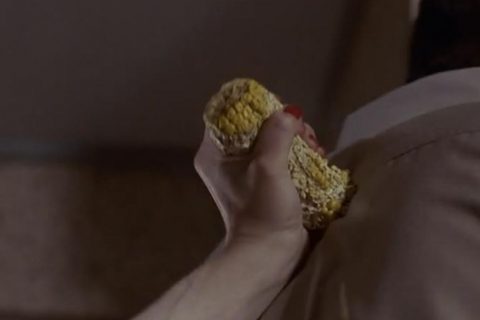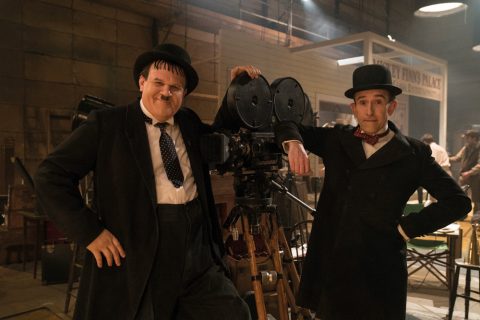Classic Scene: Interstellar
Those aren’t mountains… they’re waves.
Christopher Nolan’s sci-fi epic Interstellar paints a bleak future of a dying Earth, and humanity looking to the stars for survival. Whilst the scope of the story may be the survival of the human species, the narrative still has a very individual human beat to it. Matthew McConaughey excels as Cooper, a NASA pilot tapped to helm the spacecraft Endurance into the unknown depths of space in search of a new home for mankind. In doing so he must leave behind his daughter Murphy (as well as his son, but we’ll ignore him, just like Copper seemingly does in the film…) with a promise that he’ll return. Naturally, as is the case when any plan involves black holes, things go wrong for the crew of the Endurance with setback after setback, whilst Murphy, back on Earth, has a ghost problem to deal with… The Academy Award-winning film is notable for the amount of practical in-camera effects it pulls off, which could easily have been CGI, and brings with it the usual complexity and mind-warping logic to the table that you’d expect from the man behind Memento and Inception. Just be sure to turn on subtitles whenever McConaughey talks.
But did you know…
- Producer Lynda Obst and theoretical scientist Kip Thorne came up with an idea, that was the skeleton of Interstellar, whilst working on the film Contact. Their idea caught the attention of Steven Spielberg, who developed the project as director. Jonathan Nolan was brought on to help write the screenplay and, when Spielberg exited the project, he recommended the studio bring in his brother, Christopher Nolan.
- The producers planted 500 acres of corn to create the destroyed cornfield. Nolan spoke to director Zack Snyder, who himself had grown his own corn for Man of Steel, about the logistics. It worked out well as the scenes looked great and the producers actually sold the non-destroyed corn for a profit.
- Kip Thorne worked with the visual effects team on the black hole and their goal was to make it as scientifically accurate as possible — ultimately using 800 terabytes of scientific data with the team not knowing what the final image would look like until it was rendered. When the first actual image of a black hole was revealed in 2019 it turns out they were shockingly accurate.


